Awesome find! Indian scientists detect radio signal from 9bn years ago
Indian astronomers have detected a radio signal from a distant galaxy that is as old as around 9 billion years.
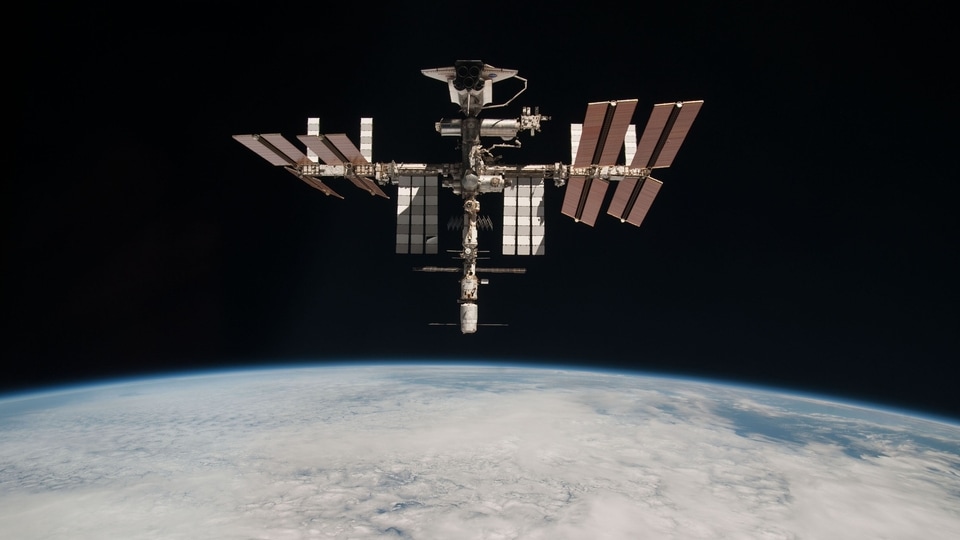
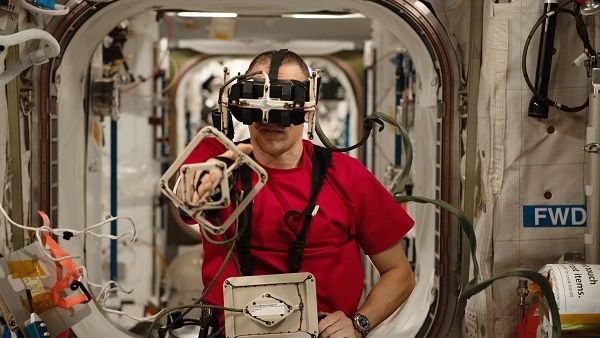

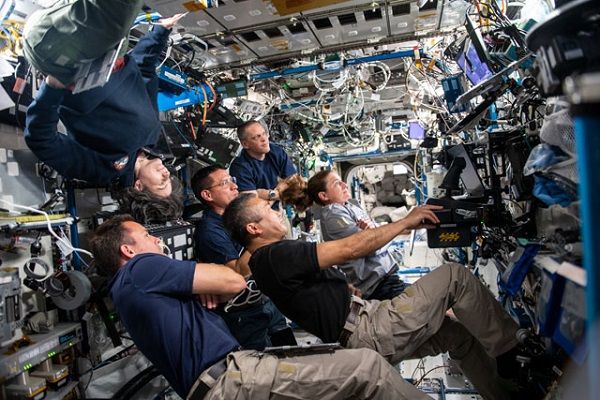
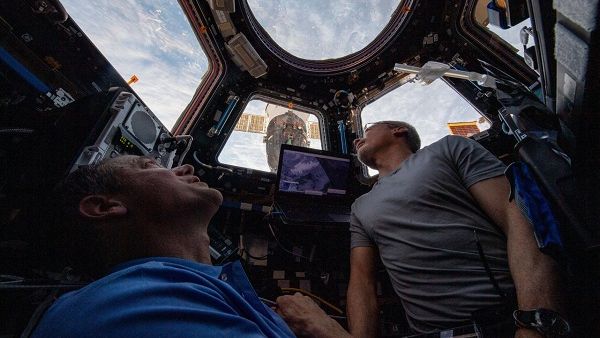
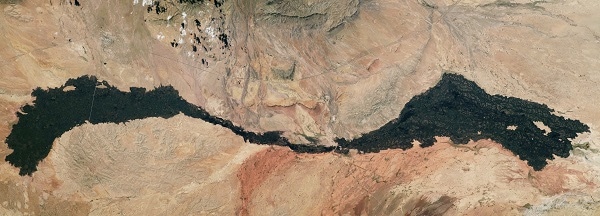
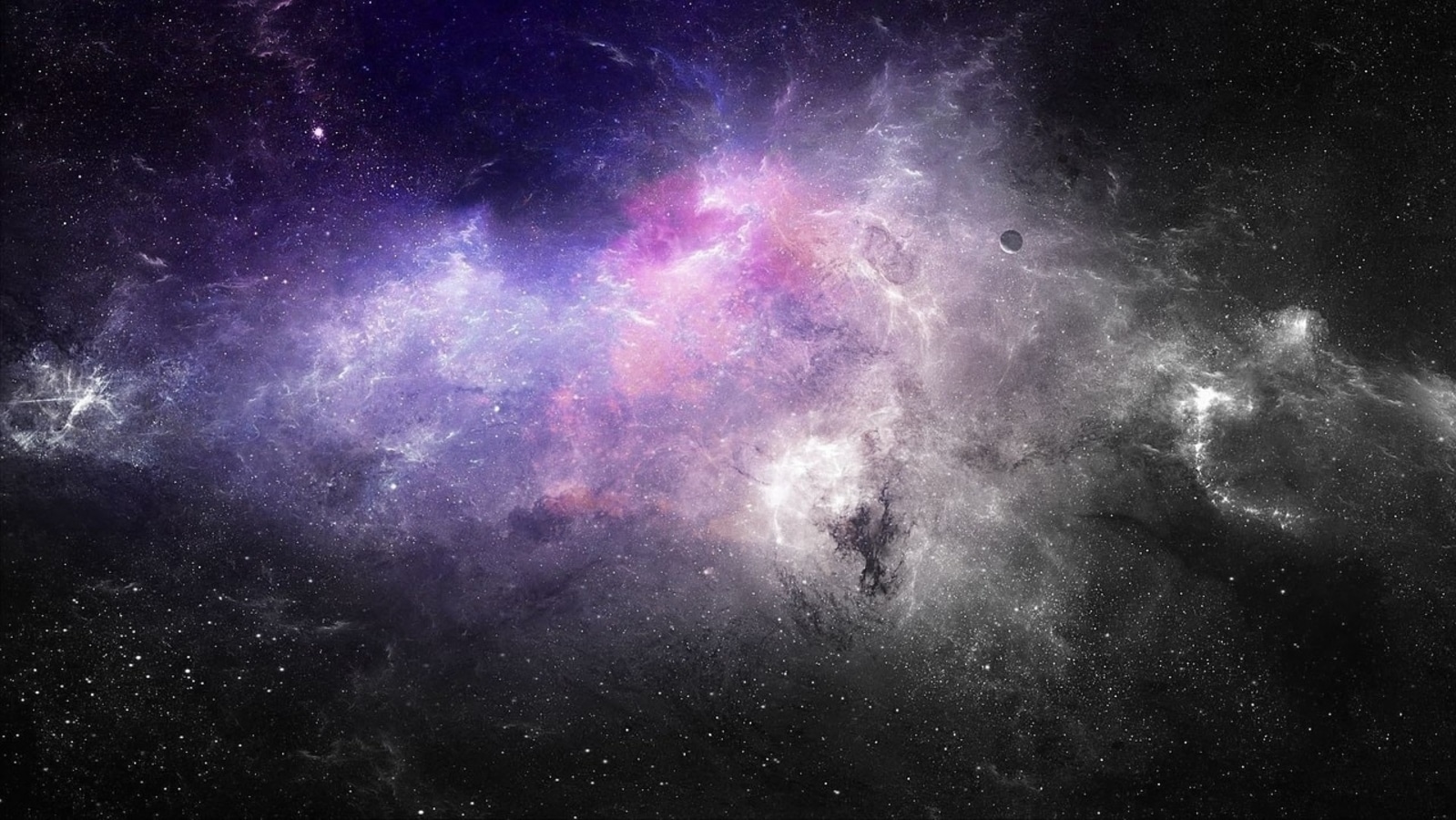
 View all Images
View all ImagesThe latest study looked back in time to the early universe to answer some of the most-asked questions - "How do stars form in the early galaxies?" To answer this, many astronomers have been trying to detect radio signals emitted by nearby galaxies. However, the difficulty to pick up the signal intensifies with the distance of the galaxy from the Earth. The vast expansion of the universe causes the reduction in energy due to the stretch of its wavelength. This means, telescopes available on Earth require a natural boost to detect long-wavelength and low-energy radio waves. Now, Indian Astronomers have captured a radio signal, that too from the most distant galaxy at a specific wavelength of 21 cm line in order to unveil secrets of the early universe.
It is said to be the first 5σ detection of H I 21 cm emission from a star-forming galaxy at redshift z ∼ 1.3, which is around 9 billion years ago, while using the Giant Metrewave Radio Telescope. An article by Monthly Notices of the Royal Astronomical Society have revealed the details that astronomers detected signals from the star-forming galaxy SDSSJ0826+5630. It helped the astronomers to measure the gas content of the galaxy and find out that its mass is double that of the visible stars of the early galaxy.
Arnab Chakraborty, the main researcher of the study from McGill University said, “A galaxy emits different kinds of radio signals. Until now, it's only been possible to capture this particular signal from a galaxy nearby, limiting our knowledge to those galaxies closer to Earth." But he thanked a naturally occurring phenomenon called gravitational lensing, which helped scientists to capture a faint signal from a record-breaking distance. "This will help us understand the composition of galaxies at much greater distances from Earth,” he added.
The detected signal was emitted from this distant galaxy when the universe was only 4.9 billion years old. The research and results open vast opportunities to study the cosmic evolution of stars and galaxies with existing low-frequency radio telescopes, and look back at the early universe.
Catch all the Latest Tech News, Mobile News, Laptop News, Gaming news, Wearables News , How To News, also keep up with us on Whatsapp channel,Twitter, Facebook, Google News, and Instagram. For our latest videos, subscribe to our YouTube channel.






























